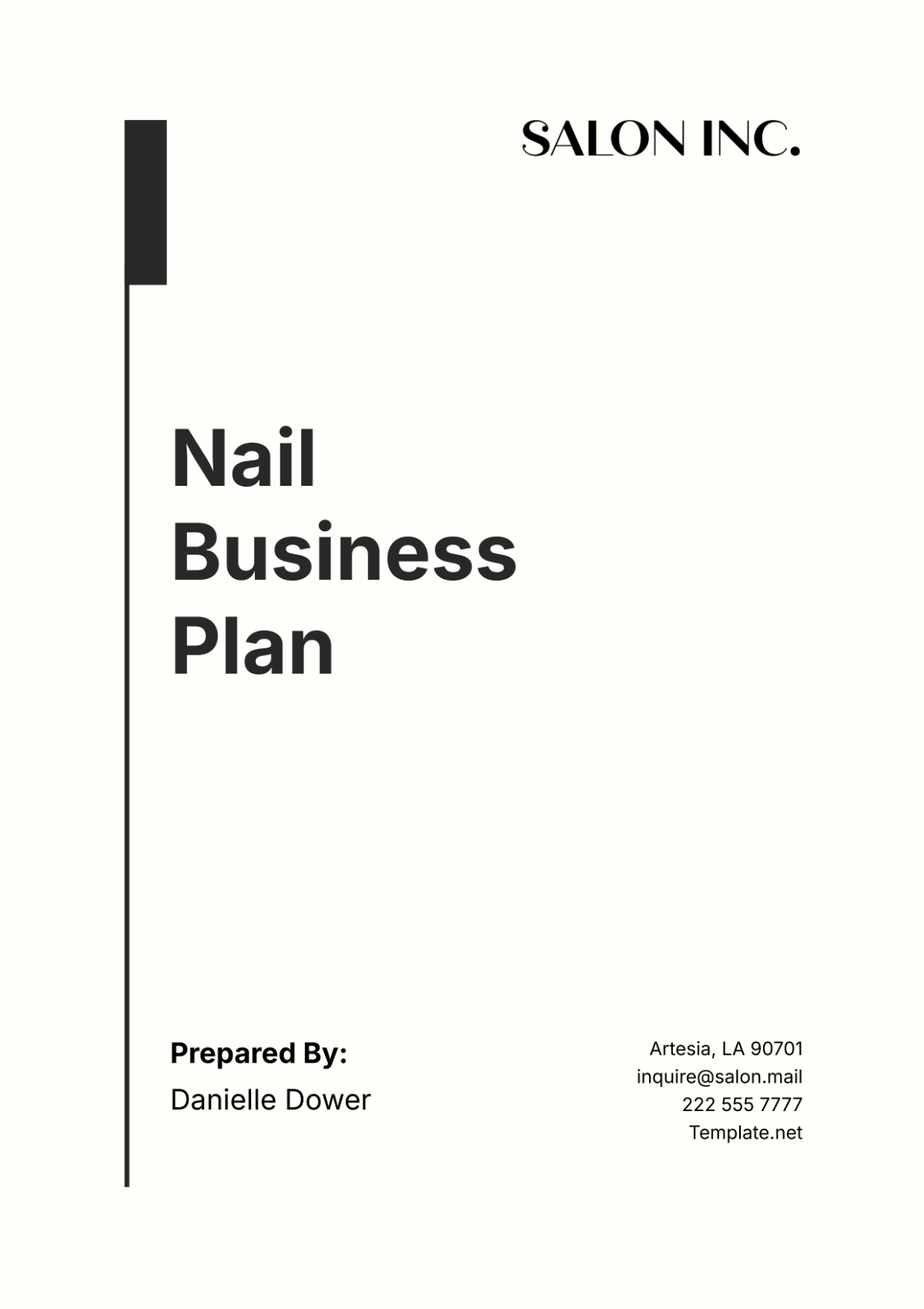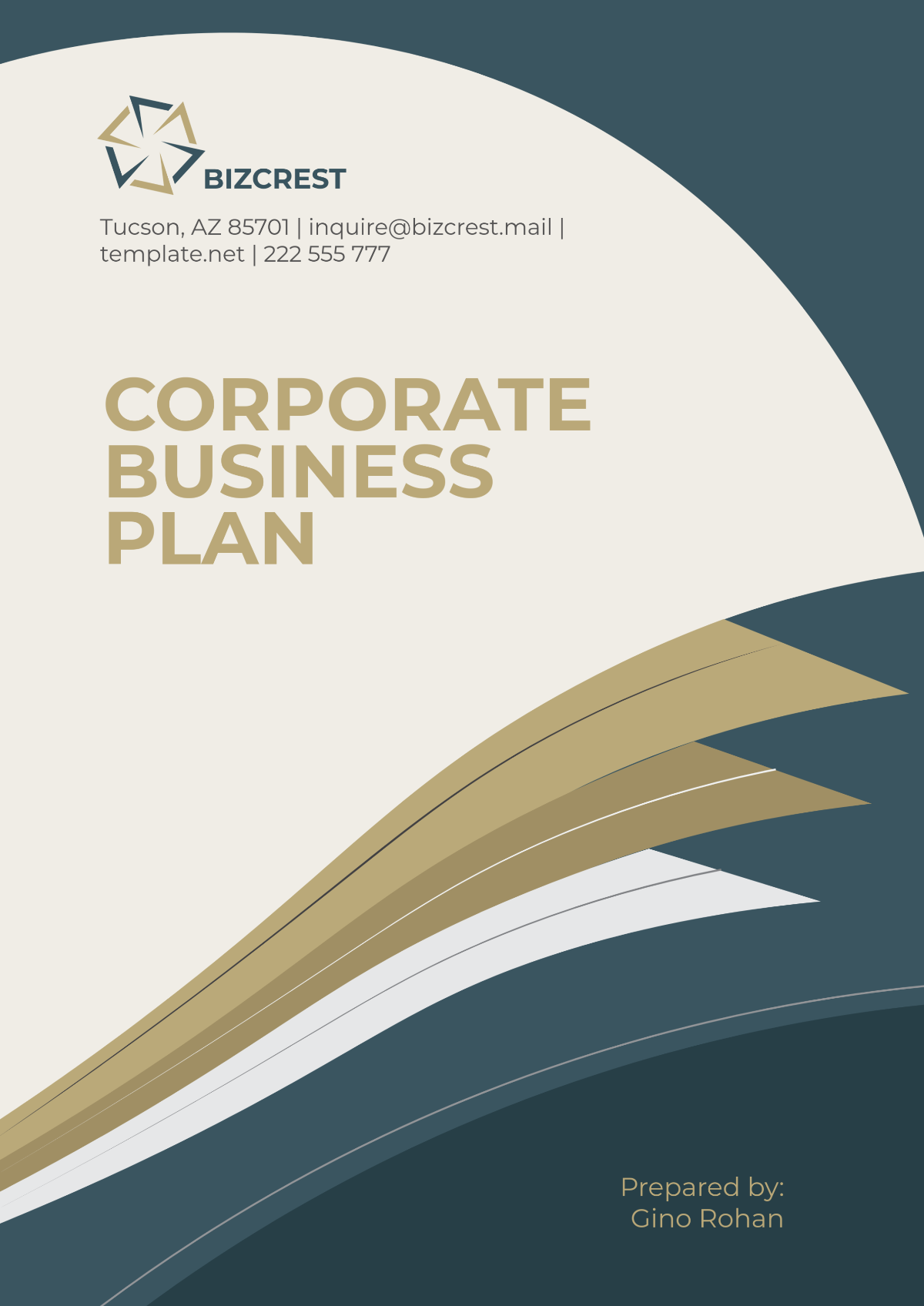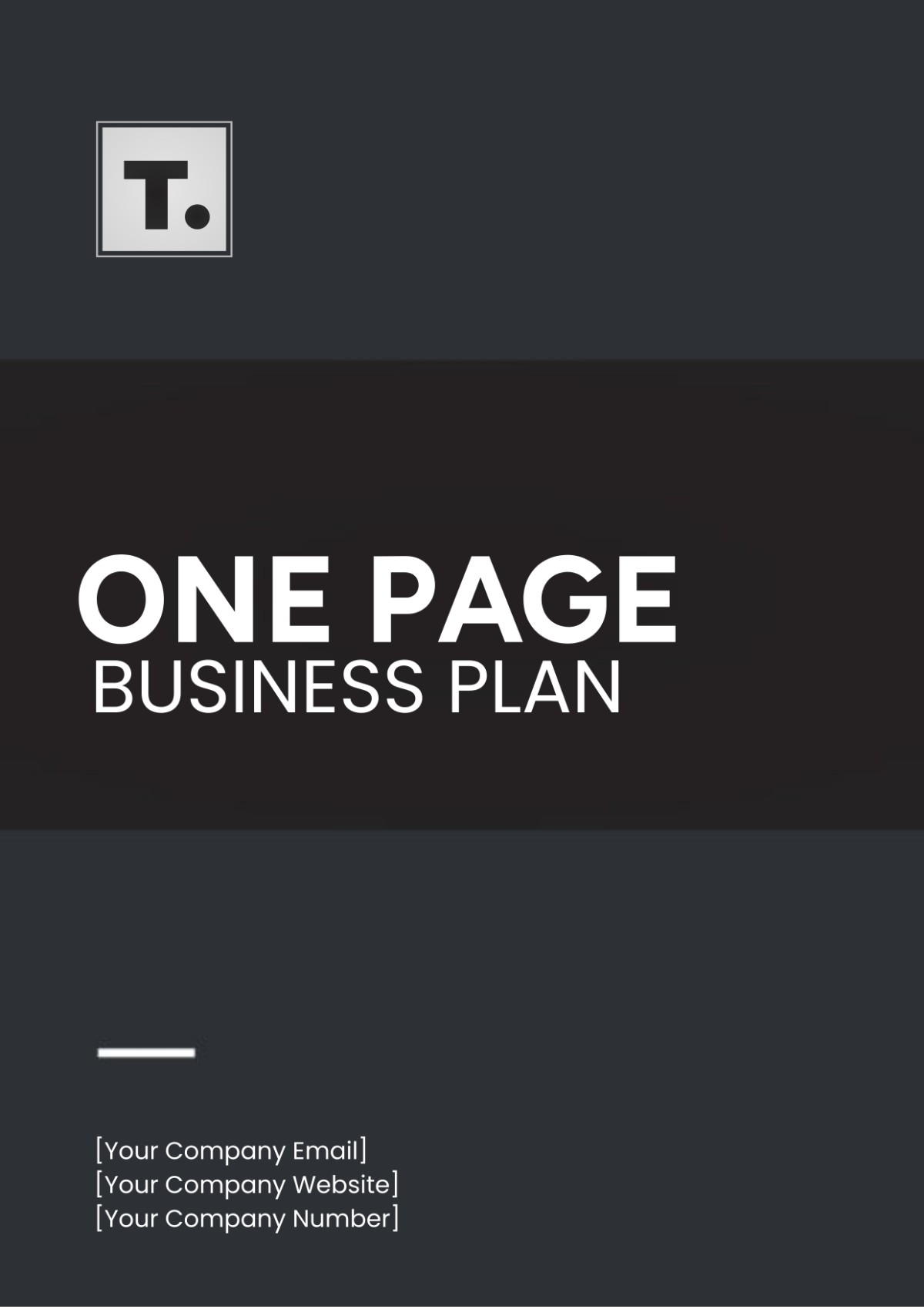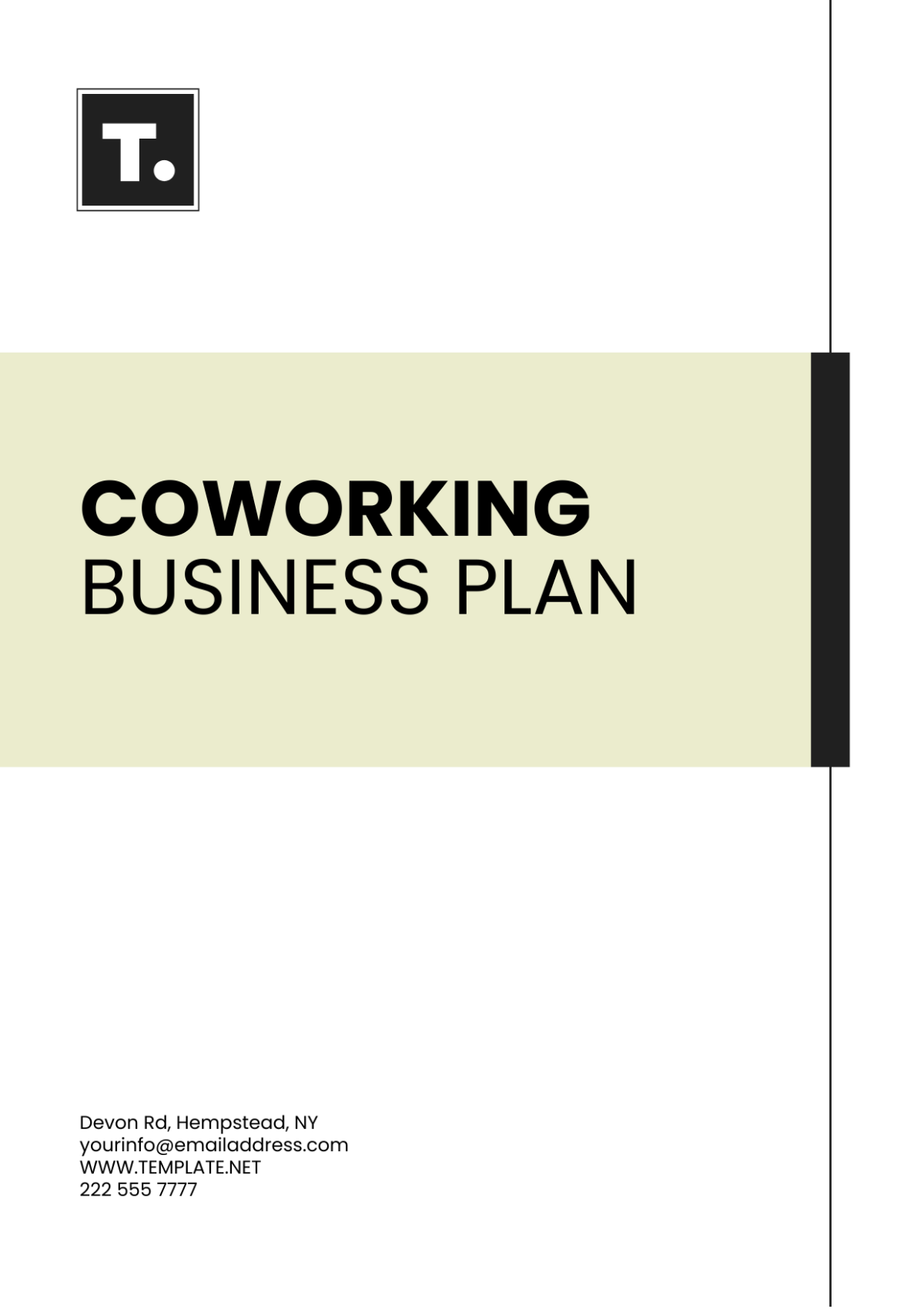Sales Business Plan on Revamping Commission Structures
I. Executive Summary
A. Purpose and Scope
The purpose of this Sales Business Plan is to outline the strategy for revamping our current commission structures to align with the evolving market dynamics and drive higher sales performance.
B. Key Objectives
Enhance sales team motivation and performance.
Our goal is to boost the motivation and productivity of our sales team, resulting in increased sales figures.
Attract and retain top sales talent.
By offering a competitive and revamped commission structure, we intend to attract and retain top-tier sales professionals.
Increase overall revenue and profitability.
Ultimately, our objective is to enhance our company's financial performance by driving higher sales and improving revenue.
II. Company Overview
A. Company Background
[Your Company Name] is a well-established technology company founded in 2050. With over 20 years of experience, we have earned a reputation for excellence in software development and IT services. Our company is headquartered at [Your Company Address], and you can reach us at [Your Company Number] or visit our website [Your Company Website] for more information. Connect with us on our social media profiles for the latest updates.
B. Current Sales Structure
Our current sales structure comprises 50 sales representatives, each specializing in various software solutions and IT services. Currently, our sales team operates under a commission-based model with the following details:
Base Commission Rate: 10%
Additional Bonuses: We offer bonuses based on achieving monthly targets.
III. Market Analysis
A. Market Trends
In the ever-evolving tech industry landscape, it's essential to stay ahead of market trends. Some key trends that have emerged in recent years include:
Digital Transformation: The industry is witnessing a rapid shift towards digitalization, with businesses seeking software solutions and IT services to streamline their operations.
Artificial Intelligence and Automation: AI-driven technologies are gaining prominence, creating a demand for advanced software and automated solutions.
Cybersecurity Concerns: With an increase in cyber threats, organizations are investing in robust cybersecurity measures, opening up opportunities for security software and services.
Remote Work Solutions: The COVID-19 pandemic has accelerated the adoption of remote work tools, creating a sustained need for remote collaboration and communication software.
B. Competitor Analysis
We have conducted an in-depth analysis of our key competitors in the tech industry sector, including EliteXport Inc. and Visionary Distributors. Here are some key findings:
EliteXport Inc.: They offer a comprehensive suite of software solutions with a strong emphasis on cybersecurity. Their commission structure is designed to reward sales representatives for selling bundled services.
Visionary Distributors: Known for their innovative AI-driven products, they have a flexible commission structure that includes performance-based incentives and recurring revenue bonuses.
C. Customer Segmentation
Our customer base can be segmented into three primary categories:
Small and Medium-sized Enterprises (SMEs): These businesses typically require cost-effective software solutions tailored to their specific needs. They value affordability and ease of implementation.
Large Corporations: Enterprises with complex IT needs seek scalable and customizable software solutions. They prioritize security, scalability, and integration capabilities.
Government Organizations: Public sector clients demand secure, compliant, and reliable software solutions. They often require customized solutions to meet regulatory requirements.
IV. Commission Structure Evaluation
A. Current Commission Structure
Our current commission structure, which has been in place for the past 5 years, is as follows:
Base Commission Rate: 10%
Additional Bonuses: Sales representatives receive bonuses based on achieving monthly sales targets. These bonuses range from 5% to 15% of the total sale value, depending on the achieved targets.
B. Challenges with Existing Structure
While the current commission structure has served us well in the past, we have identified several challenges:
Lack of Differentiation: The existing structure lacks differentiation for sales of different product categories, which may lead to unequal rewards for various sales efforts.
Complex Bonus Calculations: The calculation of bonuses based on monthly targets is becoming complex and challenging to manage.
Retention Concerns: We have experienced turnover among high-performing sales representatives due to competitive offers from rival companies with more attractive commission structures.
C. Proposed Changes
To address these challenges and align our commission structure with market trends and customer preferences, we propose the following changes:
Revised Commission Tiers: Introduce a tiered commission structure that rewards higher sales volumes with increased commission rates.
Streamlined Bonus System: Simplify the bonus calculation process by setting clear and achievable monthly targets.
Performance-Based Bonuses: Implement performance-based bonuses to retain top-performing sales representatives.
V. Revamped Commission Structure
A. Structure Overview
The revamped commission structure is designed to align with market dynamics and customer preferences while motivating our sales team. Here are the key elements of the new structure:
Tiered Commission Rates: We are introducing a tiered commission structure with three tiers: Bronze, Silver, and Gold.
Bronze Tier (0-50% of target): 8% commission.
Silver Tier (51-75% of target): 10% commission.
Gold Tier (76-100% of target): 12% commission.
Performance-Based Bonuses: In addition to tiered commissions, we will introduce performance-based bonuses:
Achieving 100% of target: 5% bonus.
Exceeding 100% of target: 10% bonus.
Monthly Targets: Clear and achievable monthly sales targets will be set for each sales representative, ensuring transparency and motivation.
B. Benefits to Sales Team
The revamped commission structure offers several benefits to our sales team:
Increased Earning Potential: Sales representatives have the opportunity to earn higher commissions by achieving and surpassing their sales targets.
Clearer Incentives: The tiered structure provides clarity on the level of commission they can earn based on performance, motivating them to strive for higher sales.
Performance Recognition: Performance-based bonuses recognize and reward outstanding achievements, boosting morale and retention.
C. Implementation Timeline
The implementation of the new commission structure will be rolled out over the next 3 months, beginning on January 1, 2051. The timeline is as follows:
Month 1 (January): Introduction and training on the revamped structure.
Month 2 (February): Transition period, where both the old and new structures will coexist.
Month 3 (March): Full adoption of the new commission structure.
VI. Financial Impact Analysis
A. Cost Analysis
The implementation of the revamped commission structure will entail certain costs, including:
Training Costs: Conducting training sessions for the sales team to understand the new structure. Estimated cost: $10,000.
Adjustment Period Costs: During the transition period (Month 2-3), there may be a slight increase in commission payouts as sales representatives adapt to the new system. Estimated cost: $5,000.
Software Updates: Any necessary updates or changes to our sales software to accommodate the new structure. Estimated cost: $8,000.
The total estimated cost for implementing the new structure is $23,000.
B. Revenue Projections
We anticipate that the revamped commission structure will lead to increased sales performance. Based on historical data and market analysis, we project the following:
Year 1 (2051): A 15% increase in overall revenue compared to the previous fiscal year.
Year 2 (2052): A 20% increase in revenue compared to Year 1.
Year 3 (2053): A 25% increase in revenue compared to Year 2.
C. ROI Forecast
Considering the cost of implementation and projected revenue increases, we forecast a Return on Investment (ROI) as follows:
Year 1 (2051): An estimated ROI of 300%.
Year 2 (2052): An estimated ROI of 500%.
Year 3 (2053): An estimated ROI of 700%.
The ROI analysis suggests that the investment in revamping the commission structure will yield positive returns and contribute to the company's long-term growth and profitability.
VII. Change Management Plan
A. Training and Communication
To ensure a smooth transition to the revamped commission structure, we have developed a comprehensive training and communication plan:
Training Sessions: We will conduct training sessions for all sales team members during Month 1 (January) of the implementation timeline. These sessions will cover:
An overview of the new commission structure.
How to calculate commissions and bonuses under the new system.
Tips and strategies for achieving and surpassing monthly targets.
Q&A sessions to address any queries or concerns.
Regular Updates: Throughout the transition period (Month 2-3), we will provide regular updates and reminders about the new structure and upcoming changes through email, team meetings, and our internal communication platform.
Feedback Mechanism: We will establish a feedback mechanism where sales team members can provide input and suggestions regarding the new structure. This feedback will be considered for any necessary adjustments.
B. Stakeholder Involvement
Engaging key stakeholders is essential for the success of the revamped commission structure:
Sales Team Involvement: We will involve our sales team in the decision-making process by seeking their input on specific aspects of the new structure. This ensures that their needs and concerns are taken into account.
Management Support: Our management team is fully supportive of the new commission structure and will actively participate in training sessions and provide guidance to the sales team during the transition.
HR and IT Departments: HR and IT departments will collaborate to ensure a seamless implementation of the new structure, including updating contracts and software systems.
VIII. Risk Assessment
A. Identification of Risks
As part of our risk assessment, we have identified potential challenges and risks associated with the implementation of the revamped commission structure:
Resistance to Change: Some sales team members may resist the new structure initially, leading to a temporary drop in morale and performance.
Calculation Errors: There is a risk of calculation errors during the transition period, which could lead to incorrect commission payouts.
Competitor Reactions: Competitors may respond by offering more competitive commission structures, potentially affecting our ability to attract and retain top sales talent.
B. Mitigation Strategies
To mitigate these risks, we have developed the following strategies:
Change Management Team: We have formed a dedicated change management team responsible for addressing concerns and facilitating a smooth transition. They will actively engage with sales team members to address resistance.
Quality Assurance: We will implement a rigorous quality assurance process for commission calculations to minimize errors. Any discrepancies will be promptly addressed and rectified.
Competitive Analysis: We will continuously monitor competitor commission structures and make adjustments as necessary to remain competitive.
Performance Recognition: To combat resistance, we will regularly recognize and reward top-performing sales representatives under the new structure to showcase its benefits.
IX. Monitoring and Evaluation
A. Key Performance Indicators (KPIs)
To gauge the effectiveness of the revamped commission structure, we will track the following key performance indicators (KPIs):
Sales Team Performance: We will monitor individual and team-level sales performance, including the achievement of monthly targets and sales growth.
Commission Payouts: We will track commission payouts to ensure accuracy and alignment with the new structure.
Employee Satisfaction: Regular surveys and feedback sessions will be conducted to measure the satisfaction and morale of the sales team members.
Revenue Growth: We will closely monitor revenue growth to assess the impact of the new structure on the company's financial performance.
Retention Rate: Tracking the retention rate of top-performing sales representatives will help us evaluate the structure's effectiveness in retaining talent.
B. Review Schedule
A structured review schedule will ensure that we continuously assess the performance of the revamped commission structure:
Monthly Reviews: During the initial rollout phase, we will conduct monthly reviews to address any issues or concerns promptly.
Quarterly Assessments: After the first quarter, we will conduct comprehensive assessments to evaluate the impact on sales performance and overall revenue.
Annual Evaluation: At the end of each fiscal year, we will conduct an in-depth annual evaluation to determine the long-term effects and make adjustments as necessary.
X. Conclusion
In conclusion, the revamping of our commission structure is a strategic move to enhance sales team motivation, improve overall sales performance, and ultimately increase revenue and profitability. We have carefully considered market trends, competitor analysis, and customer segmentation to develop a structure that aligns with the evolving industry landscape.

















































